naqushi specialty
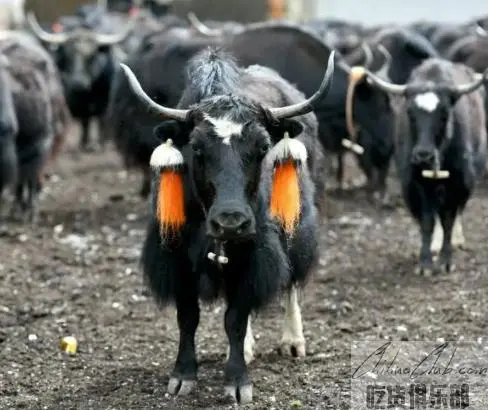
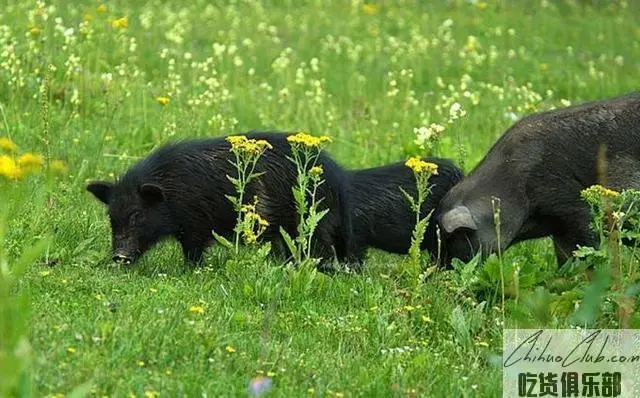
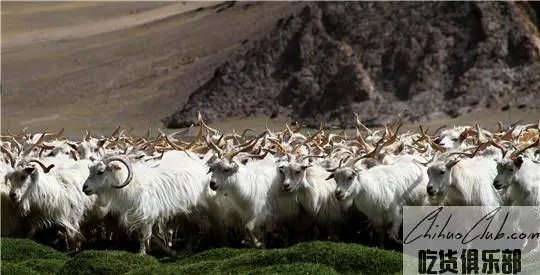
The cashmere of the day is the cashmere produced by the white cashmere goat of the Japanese soil in the Tibet Autonomous Region from 4300 meters to 5300 meters, also known as the cashmere cashmere. Because of its outstanding fineness and natural length, it has unique qualities such as good elasticity and bright color. It has been praised as “soft gold” by the processing industry and “fiber gem”, which has been a well-known product in the international market since ancient times. The cashmere products produced by this raw material have excellent texture, delicate hand feeling and good warmth retention, and are favored by domestic and foreign markets and highly respected by consumers.
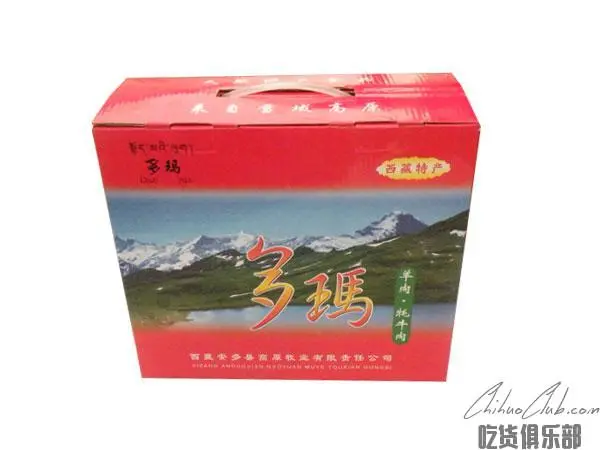
Dorma mutton is produced in the natural pastoral area of Nagqu Andu County, Tibet Autonomous Region, with an altitude of 4,800 to 6,000 meters. Its fleshy muscles are full, subcutaneous fat, soft and juicy, rich in protein, amino acids, calcium, phosphorus, copper, zinc and other nutrients. The substance is fresh and tasteless.
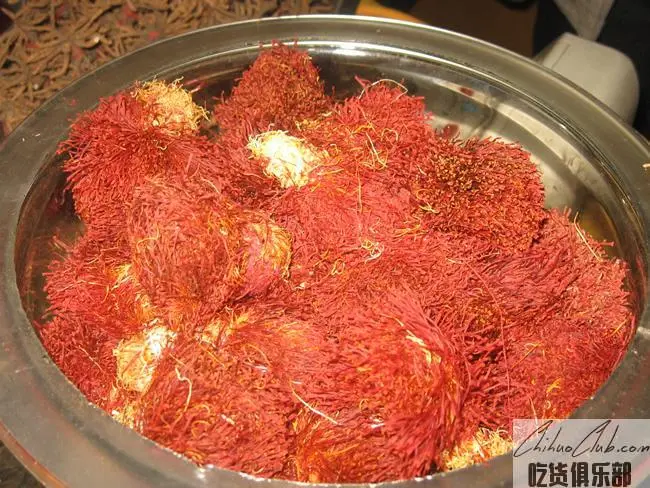
The price of saffron is very expensive and has the reputation of “red gold”. Its unique scent has a very comfortable feeling, and its brewed water is golden yellow, bright and noble, once known as the color of the emperor. The saffron was originally produced in the Western Regions, hence the name saffron. Later, it was introduced to India from the Mediterranean coast. It was also a saffron, and it was introduced into China from India through Tibet. It is also called saffron. In fact, Tibet did not produce saffron in early years. The success of introducing saffron in Shannan, Lhasa and Changdu areas has been a success in recent years.
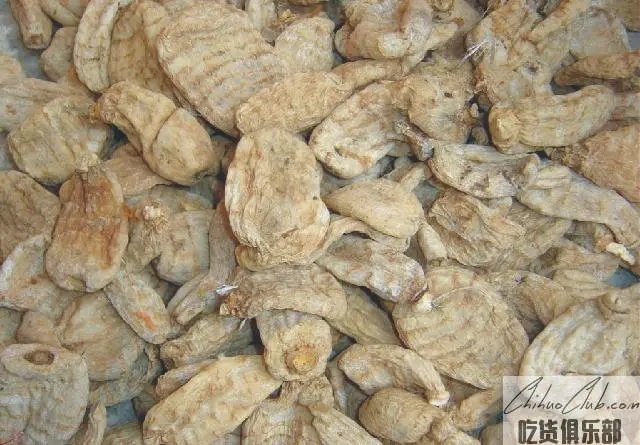
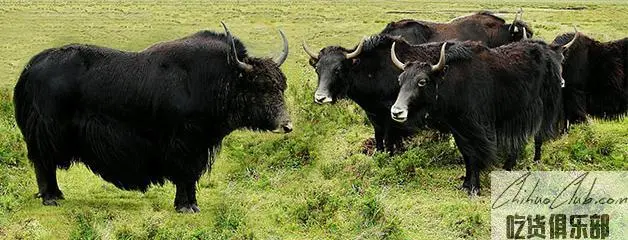
Jiali yak (Nianya Yak) is cultivated in the natural Tibetan northern grassland at an altitude of over 4,500 meters. It is tall, has many hairs, and is rich in flesh. It is rich in various minerals (calcium, selenium, copper, etc.), amino acids, protein, and nutrition. High value.